Toy safety isn’t something that automatically jumps into your head when you are sewing a cute homemade baby toy… BUT I think one can never be too careful when it comes to sewing toys for babies!
How to make sure homemade toys are 100% baby-safe!
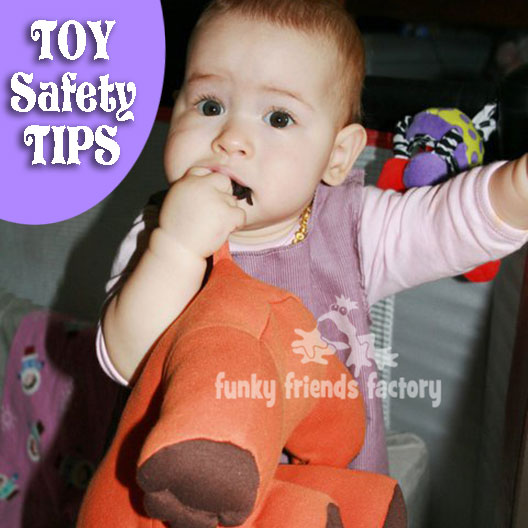
What is a baby-safe toy?
My Baby-safe Bunny toy pattern is my most popular pattern people sew for baby toys. I designed this toy as a baby-safe toy. Baby Bunny has sewn on features, so no bits to chew and choke on, so I could be sure that my baby bunny gifts would be 100% baby safe. BUT you can make sure that ANY homemade toy that you sew is also baby-safe by following some basic toy-safety guidelines… read on to find out more!
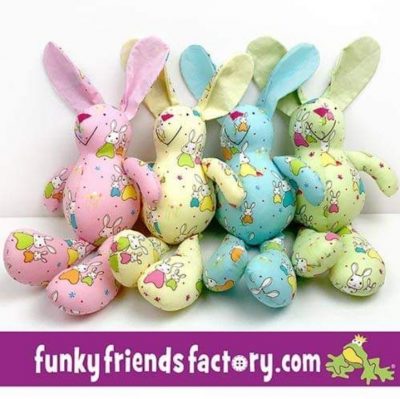
Click HERE to buy the Baby Bunny pattern.
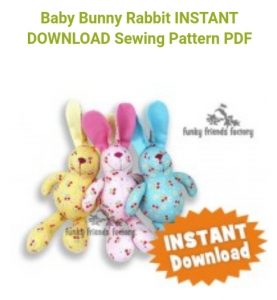
Where to find information about baby-safe toys?
Toy safety and babies is a topic covered in most New Mum Baby Guide books but there is also tons of toy safety information online so that you can make sure that the homemade toys you are sewing will be safe for babies if you follow a few simple guidelines. I found a lot of great information online over the years. From what I have read the main concern is for children UNDER 3 years of age.
⚠️IMPORTANT DISCLAIMER:⚠️
PLEASE NOTE: I am a single person (a home sewist like YOU!) and the information in this blog post is limited to what I have been able to find online, at a particular point in time. The guidelines below are commonly accepted toy safety practices in the international community BUT toy safety regulations vary by country. There are SOME links to toy safety guidelines at the bottom of this page BUT this list is not exhaustive and may not be the latest information because I cannot possibly access EVERY country’s legal standards. *** Please consult your specific country’s toy safety guidelines. ***
Main toy safety concerns for children from birth, up to 3 years old:
1. Choking dangers,
2. Toxic or harmful materials and
3. Strangulation hazards.
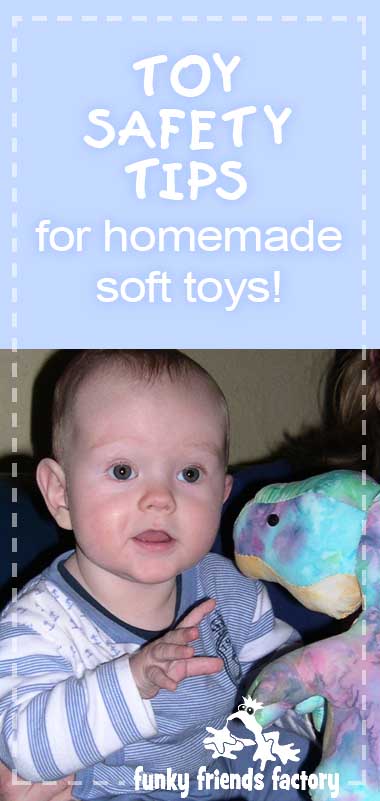
Toy Safety Guidelines.
Here are some simple guidelines that I have found in my research so far…
1. Be aware of Choking Hazards:
-
- Baby toys should have baby-safe eyes (NO eyes & NO plastic noses!). See this blog posts devoted to Baby Safe Toy Eyes for ideas.
This includes plastic “safety eyes”?
They’re not actually baby-safe!
The term “safety eye” is a marketing term only, not a classification based on safety testing! Plastic toy eyes are not included in this baby-safe toy eyes blog post because any small plastic piece could be a choking hazard. Check the plastic eye packaging…it will say “not for use with children under 3.” Why are they a danger? Plastic pieces or the fabric around them can degrade and break, causing a choking hazard. Therefore, I prefer the term “craft eye” instead of “safety eye,” and use that language in my patterns. PLEASE review your country’s toy safety standards for more information on toy safety for kids under 3.
-
-
- Toy filling should not have any small parts (like beads, weighting pellets etc) that are smaller than 3cm (about 1¼ inches) in size
- Use strong thread and tighter stitching to prevent choking on ‘escaped’ filling materials.
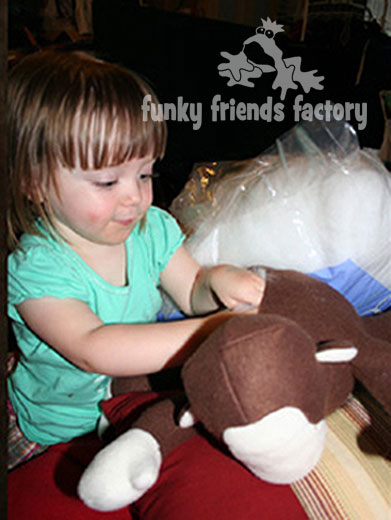
-
2. Be aware of strangulation risks:
-
-
- Long strings and ribbons can strangle a baby. Keep them shorter than 30 cm (12 inches) or remove them before giving the toy to a baby.
-
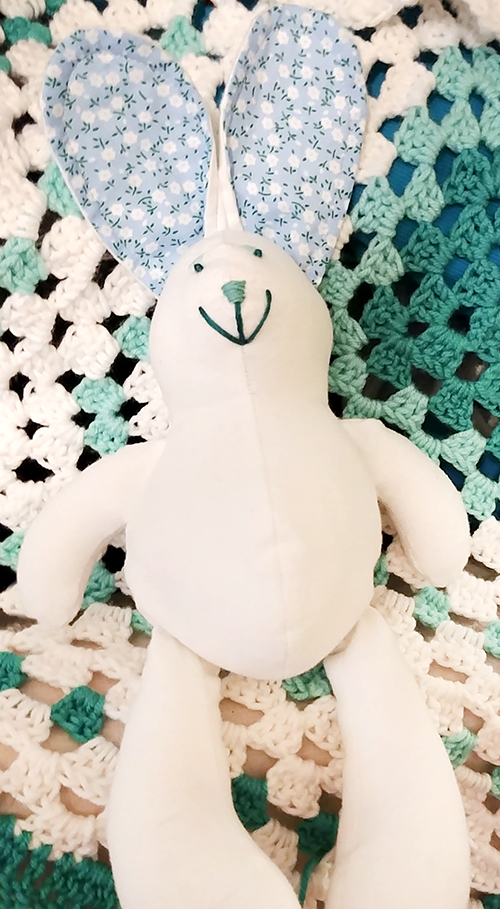
Baby Bunny sewn by Catherine Sutton, no ribbon added!
3. Avoid toxic or harmful materials:
-
-
- When sewing homemade toys, it is best to use new, hypo-allergenic toy stuffing, and non-toxic marker pens and non-toxic craft glues.
- If your toys are sewn with fabrics bought from a reputable source like your local fabric shop, they will be unlikely to be made using toxic dyes and harmful chemicals.
- If you are sewing a toy for someone who has particular health concerns, like asthma, organic fabrics and’ certified chemical-free fabrics’ can be used and these are much more widely available these days – (usually online).
-
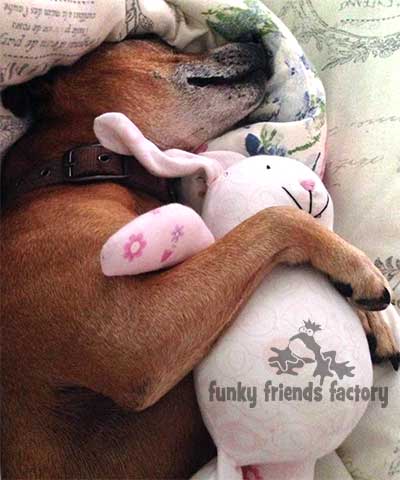
-
-
- All toys given to babies should be cleaned frequently.
-
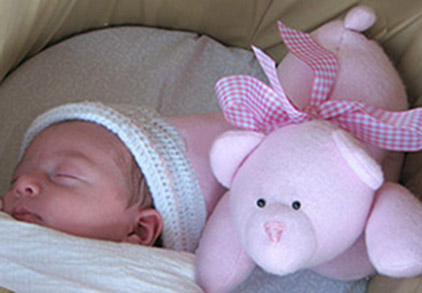
Toy Safety Regulations vary by country:
Here are some government and private organization websites to get you started BUT please consult guidelines for your region.
United States:
Toy safety guide for parents:
Seattle Children’s Hospital https://www.seattlechildrens.org/health-safety/injury-prevention/toy-safety/
Government website:
United States Consumer Safety Commission
https://www.cpsc.gov/Business–Manufacturing/Business-Education/Toy-Safety/ASTM-F-963-Chart
United Kingdom:
Toy Safety Guide for Parents:
ROSPA toy safety (an accident prevention charity):
https://www.rospa.com/policy/home-safety/advice/product/toy-safety
Government website:
UK Toy Safety Regulations
https://www.gov.uk/government/publications/toys-safety-regulations-2011/toys-safety-regulations-2011-great-britain
European Union:
Toy Safety Guide for Parents:
Toy Industries of Europe (a toy industry organization)
https://toysafetytips.eu/
Government website:
Toy Safety in the EU
https://single-market-economy.ec.europa.eu/sectors/toys/toy-safety_en
Australia:
Toy Safety Guide for Parents:
Royal Children’s Hospital of Melbourne
https://www.rch.org.au/kidsinfo/fact_sheets/Safety_Toys/
Government website:
Product Safety Australia
https://www.productsafety.gov.au/product-safety-laws/safety-standards-bans/mandatory-standards/toys-for-children-up-to-and-including-36-months-of-age
Other countries:
Overview of International Toy Safety Standards
Australia Toy Association (toy industry group)
https://austoy.com.au/toy-safety/international-toy-safety
Well, that’s a good start!
I am NOT a toy safety authority, in fact I REALLY didn’t think about toy safety MYSELF until I started making toys for my friends’ newborn babies! So If you know of any other Toy Safety tips for baby toys, please share them… so we can ALL benefit from the information – and our babies too!
Don’t forget to share YOUR toy safety tips below!
.
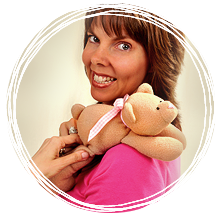
.
Bye for now,
Pauline
![]()


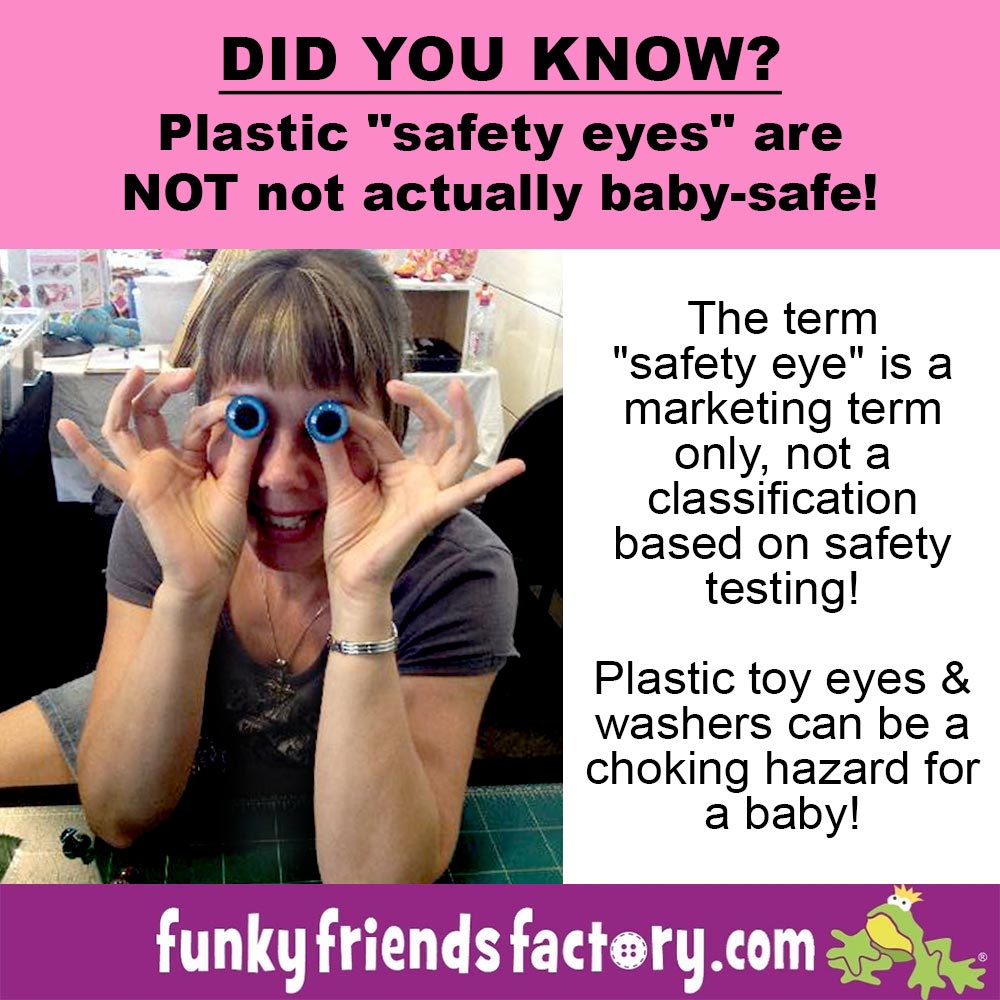
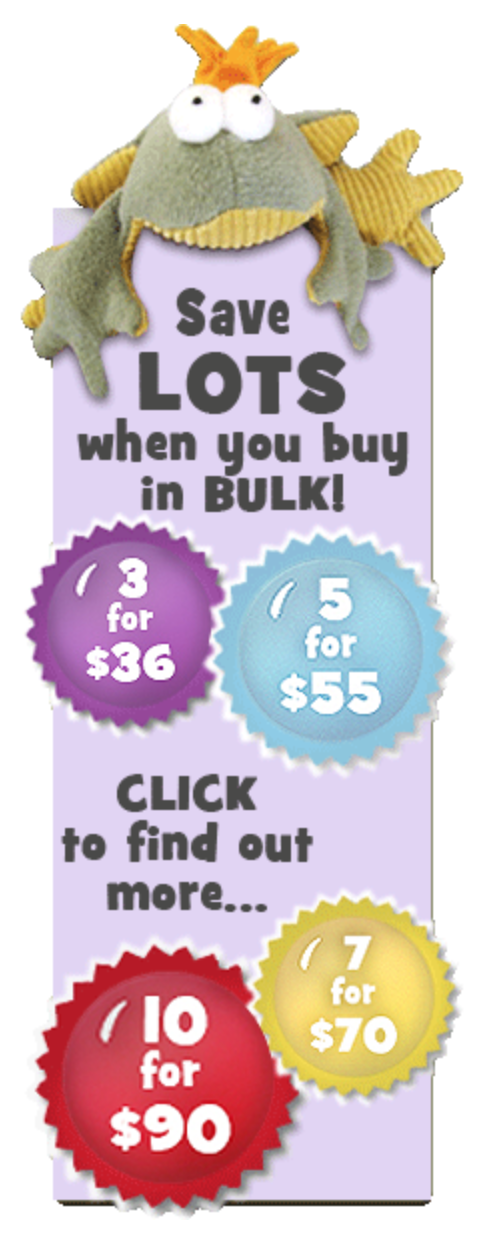
Thanks for sharing this, i didn’t think of ribbons for choking on.
Yeah – when in doubt, leave it out. I never add ribbons to toys I am making for a child under 3 years old, just to be safe! 😀
Hey, just thought I’d add a bit of info I found online, sorry can’t remember which website etc. I read somewhere while researching how to make plushes etc, to enclose any stuffing into 2 separate layers of fabric while making the toy. Will cost more but be extra safe, you could also use different area for the opening for turning inside out etc, that way less risk of any bits coming out of 1st layer getting out of 2nd layer… Love all your info!
That makes sense… sounds almost like sewing 2 toys!!!! 😀
Very good tips,Thank you very much!
It’s good to know a toy you’ve sewn is safe when you give it to a friends baby! Thanks for these tips.
If you are making a “Bean Bag” for a young toddler, Would it be OK to use the plastic pellets if you create a small bag of Denim or Drill to place the pellets in using tiny stitches and placing that inside the body of the toy(Bean Bag)?
Hi Jo, the “golden rule” is not to include any small bits smaller than 3cm (about 1¼ inches) for a child under 3 years old. This is because they are small enough to be swallowed! So, just to be safe, I would not add beans or pellets to a toy for a toddler.
thanks so much for these tips
Thank you. For the warning of the polystyrene beads.